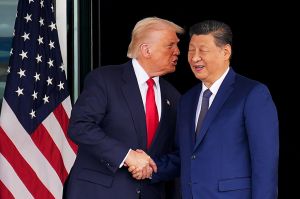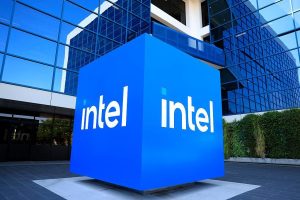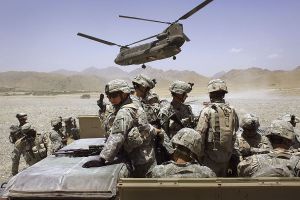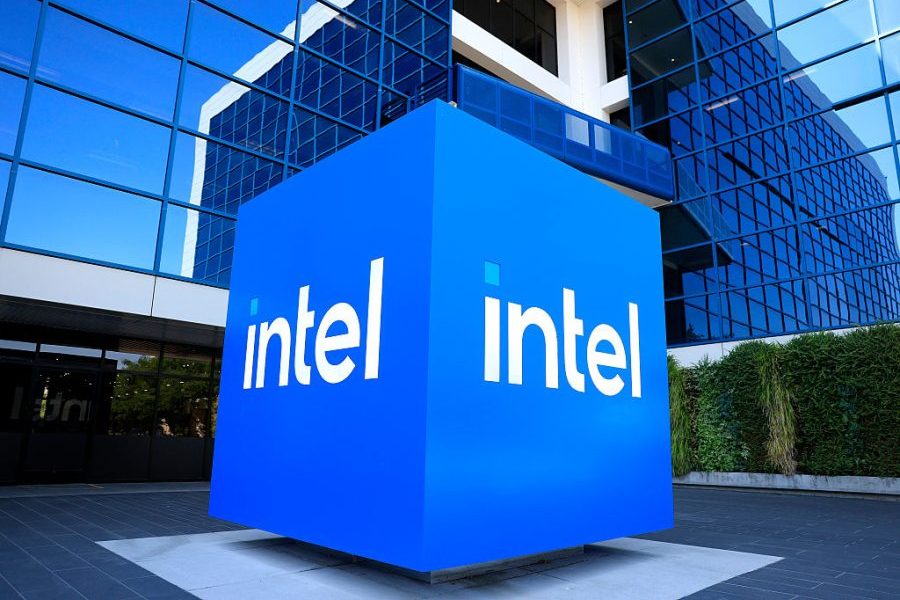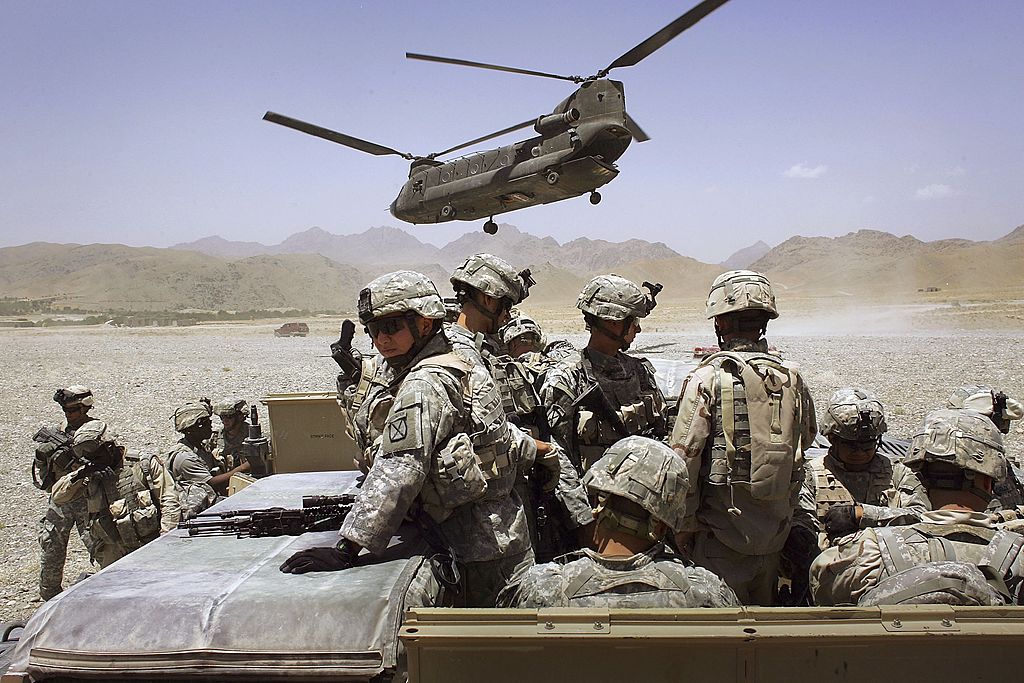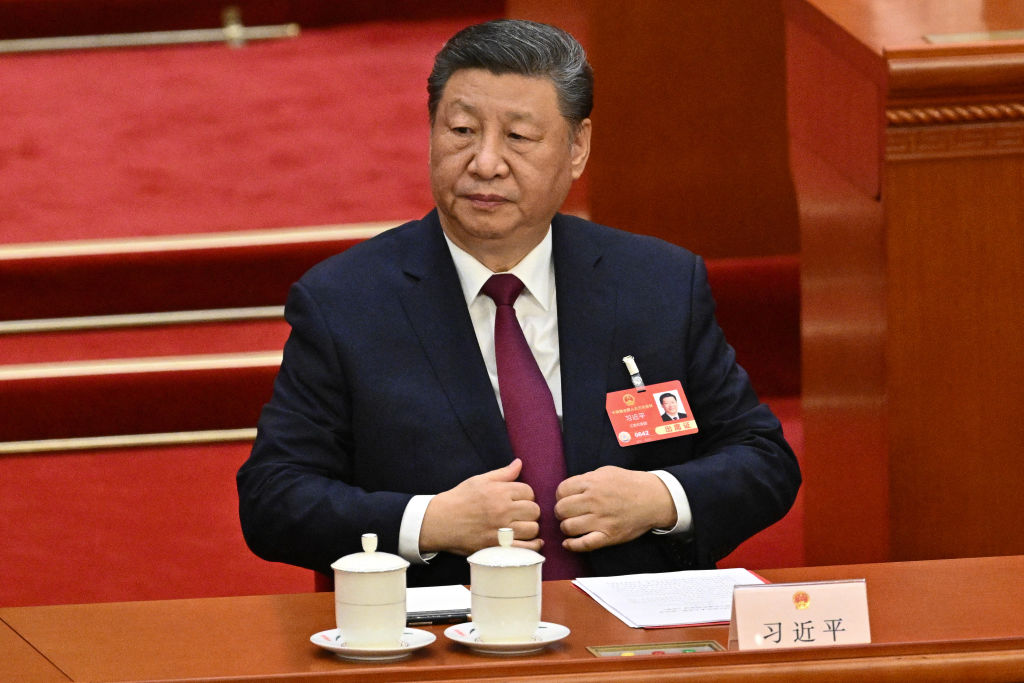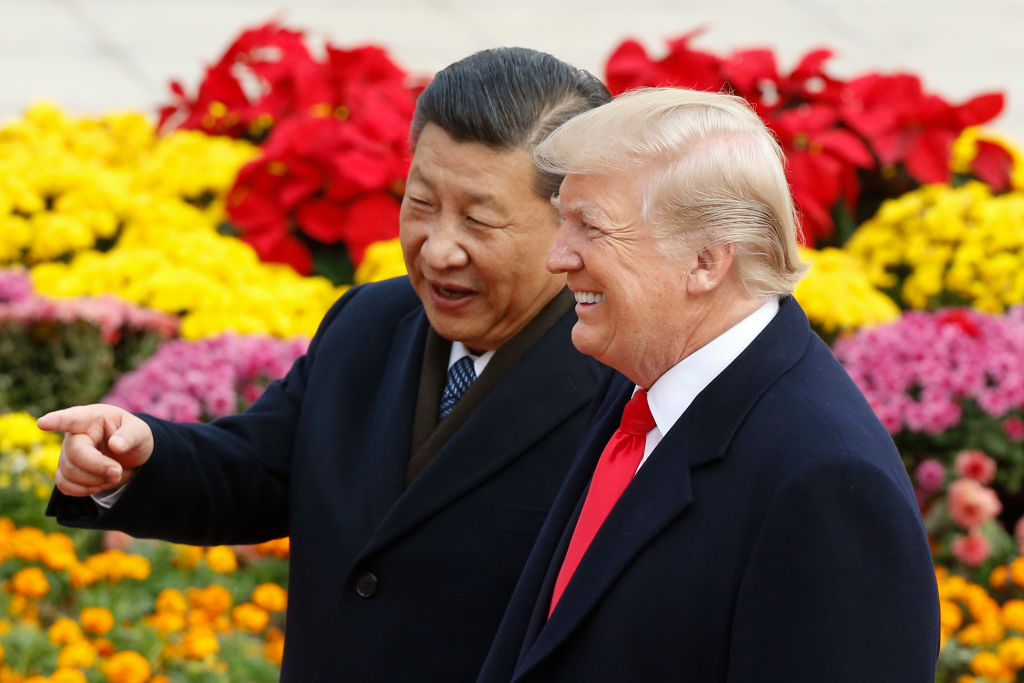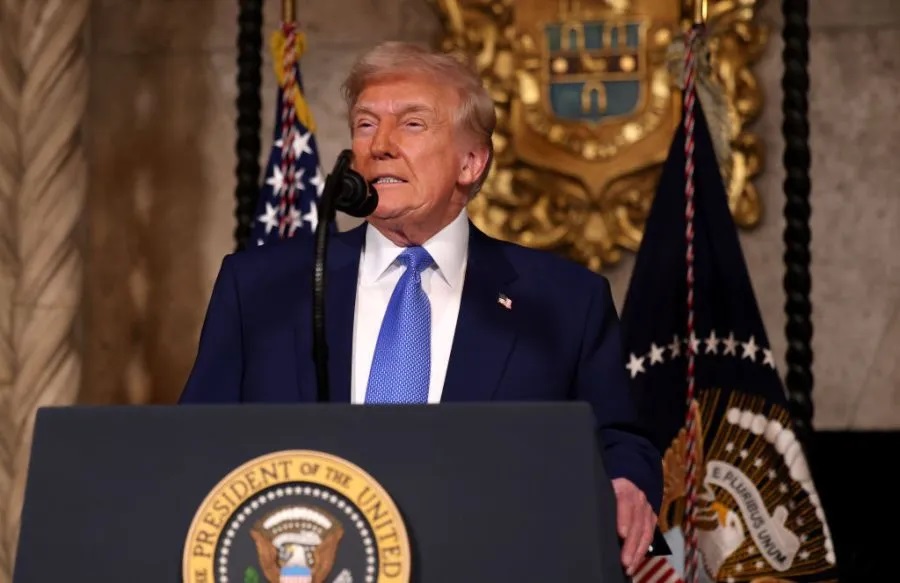The fate of Hong Kong should make us worried about Taiwan. China’s introduction of a new security law for Hong Kong — which hollowed out the spirit of the ‘one country, two systems’ notion — is a powerful reminder of the importance of sovereignty for the Chinese Communist party. We should ask whether Taiwan is next on the list.
In the past few months, as the world battled to control the COVID-19 pandemic, Beijing indulged in increased military activity across the Taiwan Strait. The purpose was to remind the newly re-elected Taiwanese president, Tsai Ing-wen, that Taiwan is an inherent part of China and that there is no alternative to reunification with the mainland by 2049. Westerners may find it difficult to comprehend the definitive nature of such a message. But events in Hong Kong suggest that Beijing takes it very seriously.
When it comes to messaging, nothing matches the significance that Beijing attaches to military might. In the old revolutionary days, Mao famously quipped that power comes out of the barrel of a gun. The revolution may seem like the distant past today, but Xi Jinping is not afraid to apply the Chairman’s saying.
Half a decade ago, Xi launched sweeping reforms to bring the People’s Liberation Army to the cutting edge of 21st-century warfare. No effort was spared in communicating Chinese intent and ambition. The army did its part to answer its leader’s call, introducing new training and exercises, reforming its command structure and growing at an incredible pace. In the past three years alone, the PLA has commissioned more combatants than the entire surface fleet of the Royal Navy.
The party leadership made sure the army knew that China’s renewed military power would extend beyond the spectacle of soldiers goose-stepping down Chang’an Avenue. Xi expects his comrades to be ready to fight and sure to win. In 2017, from the sandy ground of a base in Zhurihe in Inner Mongolia, he stressed that no one should expect China ‘to swallow the bitter fruit’ of harm to its sovereignty. In a base that features a fullscale reproduction of the Taiwanese presidential palace, it was hard to miss what Xi expected his troops to fight for.
It was no surprise, then, that the COVID-19 crisis saw no slowdown in the wielding of the gun. In fact, the timing of the pandemic, overlapping as it did with Taiwan’s presidential elections, had the opposite effect. President Tsai’s landslide victory renewed her mandate to defend the island’s freedom and democracy. Her government also acted swiftly against the virus, preventing it from truly taking hold (Taiwan has, to date, under 500 confirmed cases and only seven deaths). By contrast, as reports emerged of serious problems with Beijing’s initial response to the crisis, pressure fell on the CCP to project strength.
The airspace over the strait was the first place to be subjected to this posturing. On January 21 and 23, 10 days after the elections and just ahead of the Lunar New Year holiday, multiple fighter and bomber formations passed over the Bashi Channel south of Taiwan, forcing the Taiwanese Defense Ministry to remain on high alert during the holidays. Air missions continued in February, with one fighter group briefly crossing the median line, the strait’s unofficial airspace boundary. In mid-March, fighters crossed the median line again, for the first time during a night exercise, prompting the Taiwanese air force to scramble jets. In June, the PLA went further still, conducting air missions eight times.
These were simulation operations, designed to show how the PLA could envelop and isolate Taiwan in a crisis. Their purpose was to augment the message that there is only one China. In her inaugural speech, President Tsai emphasized Taiwan’s political standing and said she could not accept China’s ‘one country, two systems’ offer — the formula now torn to shreds in Hong Kong. On May 11, the PLA started an 11-week-long series of maneuvers in the Bohai Bay and, shortly after, announced further plans for a large-scale amphibious exercise near Hainan next month. Coupled with a recent spate of debates in Chinese military magazines on how to conduct a successful amphibious assault, it is no wonder the tension has been ratcheted up.
Chinese military activities around Taiwan cannot be dismissed as just political messaging. True, they have significant operational and tactical value, probing the island’s defense systems, gathering information on readiness and refining plans to prevent foreign support ever reaching Taiwanese shores. Nevertheless, their military value is best understood in the context of what Taiwan means to the party’s pledge toward the ‘great rejuvenation of the Chinese nation’.
For the CCP, Taiwan is a part of China, a temporarily unavailable province that is bound to come back home. In September, Xi made this clear when he confirmed that the territorial aspect of the rejuvenation process, set to be achieved by 2049 to mark the centenary of the People’s Republic of China, included reunification with Taiwan. Chinese diplomats have been working hard to ensure this is the case. Since President Tsai came to power in 2016, efforts to isolate Taiwan from the world stage have been redoubled, and seven countries have since shifted diplomatic recognition from Taipei to Beijing. When the Solomon Islands and Kiribati severed ties with Taipei in September, that left only 15 states that officially recognized Taiwan as the Republic of China. The CCP’s strategy of diplomatic isolation extends to international institutions, too, with, for example, Beijing denouncing recent calls to allow Taipei to cooperate with the World Health Organization.
The party’s political rhetoric has been similarly uncompromising. It is no coincidence that Chinese Premier Li Keqiang omitted the word ‘peaceful’ in reference to reunification with Taiwan in this year’s annual party report, a point restated a few days later at a seminar in Beijing marking the 15th anniversary of the Anti-Secession Law. Just to make sure the message was not lost in translation, on the same day, national television aired a documentary on the 1958 Taiwan Strait Crisis, also known in China as the ‘Artillery Action Against Kinmen’. The military and diplomatic messaging from Beijing would seem to be one of inevitability: reunification is Taiwan’s destiny.
Yet Beijing’s pressure on Taiwan is, indirectly, a recognition of the constraints of its self-imposed timetable. After the Tiananmen Square massacre, it took nearly 20 years for Beijing’s reputation to recover from the international outrage. Some analysts go as far as to suggest that, using the past as a guide, the party’s cadres believe they have until 2030 to contemplate some form of military action to force Taipei to capitulate to their will, leaving enough time for the 2049 celebration to be welcomed internationally.
As the shadow of a sluggish economy hangs over China, and the young people of Taiwan show increasingly little desire for reunification, the CCP may find that bringing Taiwan into the sovereign fold remains a difficult target for the near future. This suggests that military pressure of the kind witnessed in the past few months may increase further as we near the end of the decade.
But is reunification indeed inevitable? The US, long an ally of Taiwan, would disagree. Under the Trump administration, support for President Tsai’s leadership and political agenda has grown. The invitation to Vice President-elect William Lai to attend the 68th National Prayer Breakfast along with senior American political figures including Mike Pence, as well as the enactment of the TAIPEI (Taiwan Allies International Protection and Enhancement Initiative) Act in March, offered clear indication of a growing bipartisan willingness in Congress to ensure that Taiwan’s international ties remain strong. Militarily, the Trump administration has unveiled plans to proceed with a $2 billion arms sale package to Taipei, and maintained that it intends to ‘live up to its commitments to Taiwan’, although it is unclear how.
***
A print and digital subscription to The Spectator is just $7.99 a month
***










